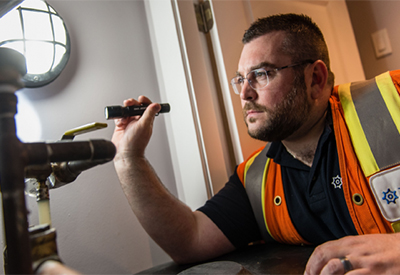Leading The Charge; Nova Scotia Power Developing Coast to Coast Electric Vehicle Charging Network

August 11, 2017
Nova Scotians will soon be able to drive electric vehicles from Sydney to Yarmouth without having to worry about where they can charge their batteries.
Nova Scotia Power announced today it will install 12 electric vehicle fast charging stations across the province, as part of a pilot project to study the impact and usage of the network on the electrical system. The network will be ready for use in spring of 2018.
This new network will make it easier and more convenient for electric vehicle owners to drive with ease between Yarmouth and Sydney without worrying about running out of a battery charge. The average charge time for these types of chargers is 15 to 30 minutes, whereas most public chargers in Nova Scotia take 3-8 hours, and a regular outlet at your home can take 12 hours or more.
“I’m thrilled to see this investment and endorsement by Nova Scotia Power that electric vehicles are the way of the future,” said David Swan, electric vehicle owner, Tatamagouche resident and past Board Member of Electric Mobility Canada. “Up until now, higher vehicle purchase costs and lack of infrastructure were significant barriers to consider buying an electric vehicle. A fast charging network combined with more electric vehicles in the market creates a win-win situation for more sustainable transportation in Nova Scotia.”
In a 2016 survey undertaken by Nova Scotia Power, one third of respondents said they would consider an electric vehicle as their next car, while 65 per cent said they would consider an electric vehicle if more charging stations were available.
http://www.nspower.ca/en/home/newsroom/news-releases/leading-the-charge.aspx










![Guide to the Canadian Electrical Code, Part 1[i], 26th Edition – A Road Map: Section 10 – Grounding and Bonding](https://electricalindustry.ca/wp-content/uploads/2022/11/Guide-CE-Code-2.png)





